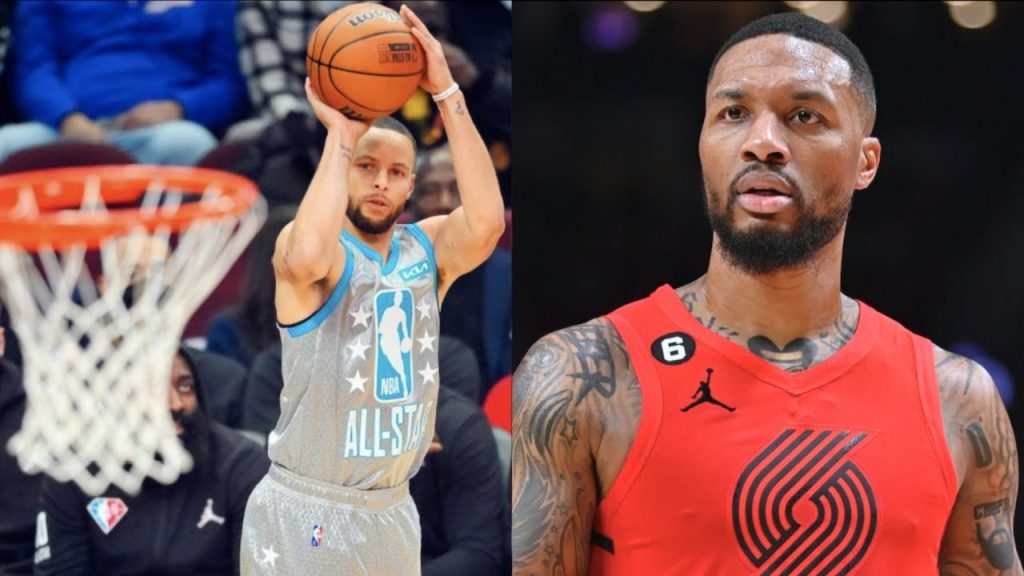
In recent years, load management has become a controversial topic in the NBA, as teams prioritize player health and longevity over regular-season appearances. While the strategy has its merits, it has also sparked debates about its impact on fans, the league’s competitiveness, and the players themselves.
The Concept of Load Management
Load management involves resting players during the regular season, even if they are not injured, to reduce the risk of overuse injuries and ensure peak performance during the playoffs. This approach is particularly common among teams with championship aspirations or aging superstars.
The Case for Load Management
Proponents argue that the NBA’s grueling 82-game schedule takes a physical toll on players, leading to injuries that can derail careers and team success. Examples such as Kawhi Leonard’s rest-focused approach with the Toronto Raptors in 2019, which culminated in a championship, underscore the benefits of strategic rest.
Criticism and Controversy
However, load management has faced significant pushback from fans and media. Critics contend that resting star players during marquee games diminishes the product on the court, particularly for fans who attend games expecting to see their favorite players. Additionally, some argue that frequent rest undermines the competitive spirit of the league.
NBA’s Response
The league has implemented measures to address these concerns, including reducing back-to-back games and spacing out the schedule. In 2023, the NBA introduced a new Player Participation Policy (PPP) to limit the resting of star players in nationally televised games and other high-profile matchups.
The Broader Implications
As sports science advances, the debate around load management reflects a larger conversation about balancing player health, team success, and the fan experience. While data supports the benefits of rest, the challenge lies in finding a middle ground that satisfies all stakeholders.
Conclusion
Load management is a nuanced issue, with valid arguments on both sides. As the NBA continues to evolve, striking a balance between preserving player health and maintaining the league’s entertainment value will be crucial for its long-term success.
